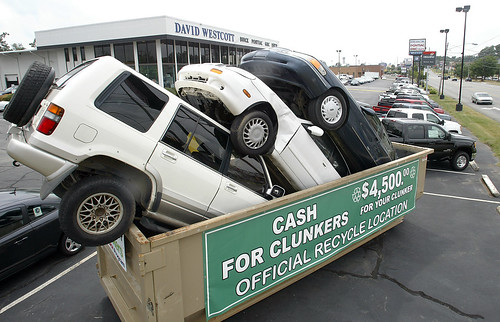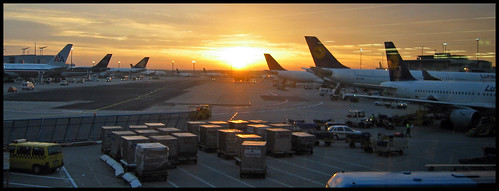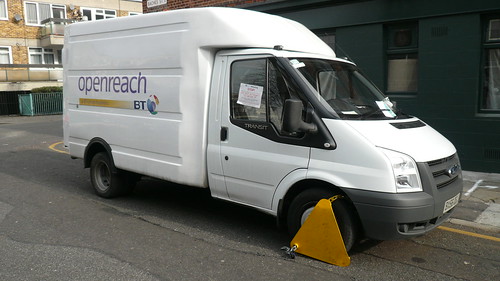Is that Fat Free? Chinese Suicide Prevention Strategy Involves Smearing Butter (on Bridge Trusses)
(Sources contributing to this hybrid report: The Sun-UK, Metro – UK, & Gizmodo)
Who would have thought about it! Some of our clever Chinese friends have figured out the ideal lubricant for (stopping trespassers from climbing up to) suicide hotspots like giant steel bridges.
U.K.’s Metro (via Gizmodo) has a story that captures this unique suicide prevention strategy that also doubles as traffic control measure, preventing traffic jams caused by rubber-necking motorists who slow down to witness the suicide drama on the bridge.
Chinese workers have covered a giant steel bridge with butter because officials are fed up with traffic jams caused by people who slow down to watch suicide victims leaping to their death.
Government officials in Guangzhou in south east China ordered workers to smear butter on all of the climbable surfaces of the 1,000 foot long steel bridge.
Government spokesman Shiu Liang said: “We tried employing guards at both ends but that didn’t work – and we put up special fences and notices asking people not to commit suicide here. None of it worked – and so now we have put butter over the bridge and it has worked very well. Nobody can get up there and anybody who tries either falls”
Another British tabloid, The Sun, has the following coverage on tihs subject. Bridge guard Wong Man said: “The butter makes the bars and frames slippery and hard to climb on to, and we can easily catch them.”
In one month alone eight people committed suicide on the bridge and numerous others climbed up threatening to jump before changing their minds.
The guard added: “Each time somebody threatens to commit suicide to get media attention or sympathy over personal problems we end up with several hours of tailbacks and there were lots of complaints.
“Since we put up the butter there have been no problems with these attention seekers.”
TransportGooru Musings: I suspect this is the bridge (going by the description and the picture of the bridge posted on The Sun’s website) that recently was the site a man pushing (indeed to save him) a suicidal case when he sat on top of the bridge and threatened to jump for hours. Watch this sensational video below to see what transpired on the bridge.
If you are wondering what can the impact of such a suicide threat on trafffic, I’d like to bring to you attention this story the story of a suicidal man threatening to jump from top of the Woodrow Wilson Bridge (WWB), causing a huge traffic jam that pretty much shut down the city for hours.
In 1998 one of the most infamous traffic jams in the history of Washington took place on the WWB. A would-be suicide jumper stood on the bride during the height of afternoon rush. Washington is so choked with traffic ordinarily that this was all it took to completely gridlock the entire metropolitan area for hours. Ivin Pointer, the would be jumper climbed up the bridge’s center span and pondered whether to jump into the Potomac River 50 feet below. Law enforcement officers closed the bridge and allowed him to weigh the question for almost six hours. Meanwhile, a portion of the 200,000 cars that use the bridge daily backed up for 20 miles in each direction on the Capital Beltway, a 64-mile, eight-lane interstate. At 6:45 p.m., police finally shot Pointer with a beanbag bullet, then plucked him out of the Potomac. (Pointer now sells real estate from an office in Washington’s hip Dupont Circle.)
Now imagine what can happen in a traffic heavy Chinese city when such a thing happened 8 times in a month? No wonder they resorted to butter to “smoothen” things up.












